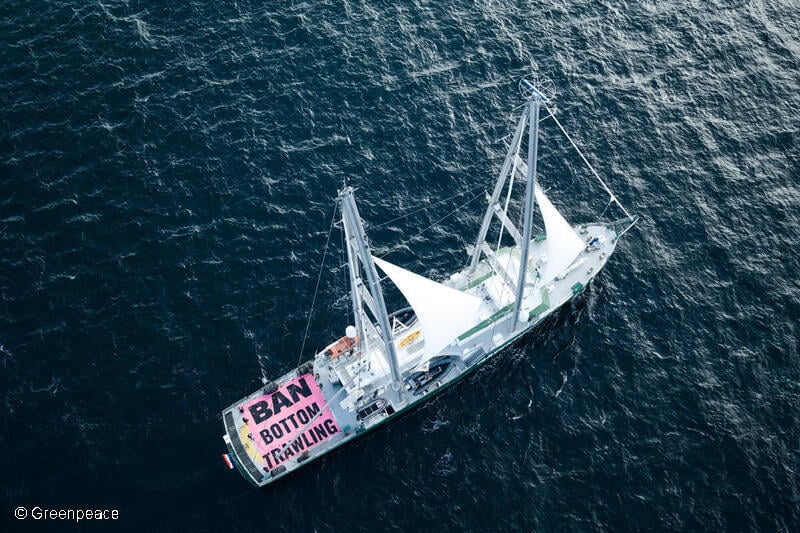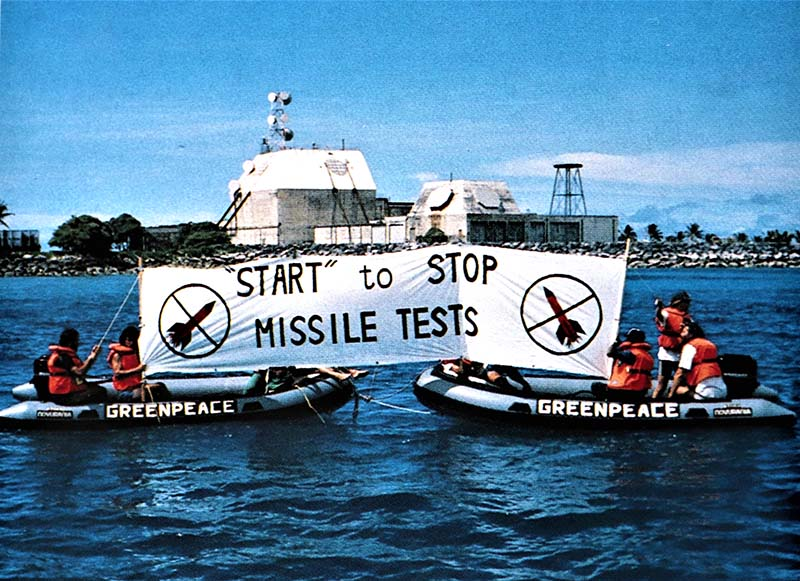Prime Minister Luxon has undermined New Zealand’s proud anti-nuclear stance just days after the 40th anniversary of Operation Exodus, in which crew of the Greenpeace flagship Rainbow Warrior evacuated over 300 people from the Rongelap atoll after nuclear fallout from US bomb blasts rendered their ancestral lands uninhabitable.
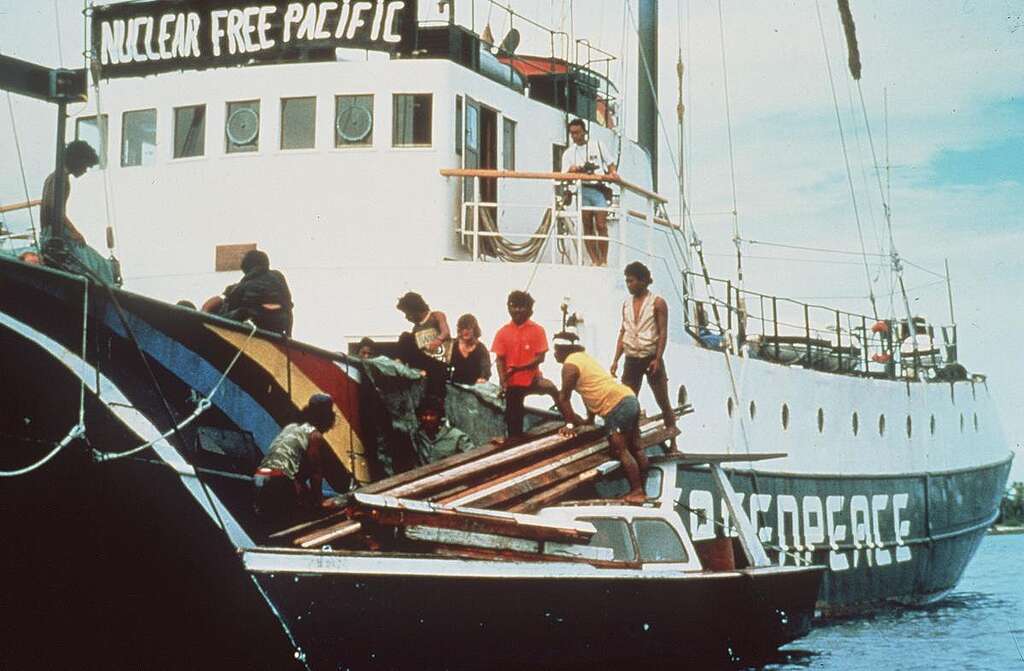
The Marshall Islands’ Rongelap Atoll was evacuated following nuclear fallout from the United States’ nuclear testing on nearby atolls between 1946-1958. The health of many adults and children has suffered as a result. The Greenpeace crew took adults, children and 100 tonnes of belongings onboard.
On Monday, in his haste to progress a trade deal with India, Luxon looks to have reversed New Zealand’s long-held and principled international stance against India joining the Nuclear Suppliers Group.
So why does India’s membership to the Nuclear Suppliers Group (NSG) matter?
The NSG regulates the export and transfer of nuclear materials and technology, ensuring they are used for peaceful purposes and do not contribute to nuclear weapons proliferation. One of the key conditions for NSG membership is signing the Nuclear Non-Proliferation Treaty – and India is one of a tiny handful of countries that have refused to do so.
This Treaty is one of the world’s most important safeguards against the spread of nuclear weapons. New Zealand has consistently opposed India’s NSG membership because it hasn’t signed the treaty, meaning trade and access to nuclear materials through the NSG could be used for nuclear weapons.
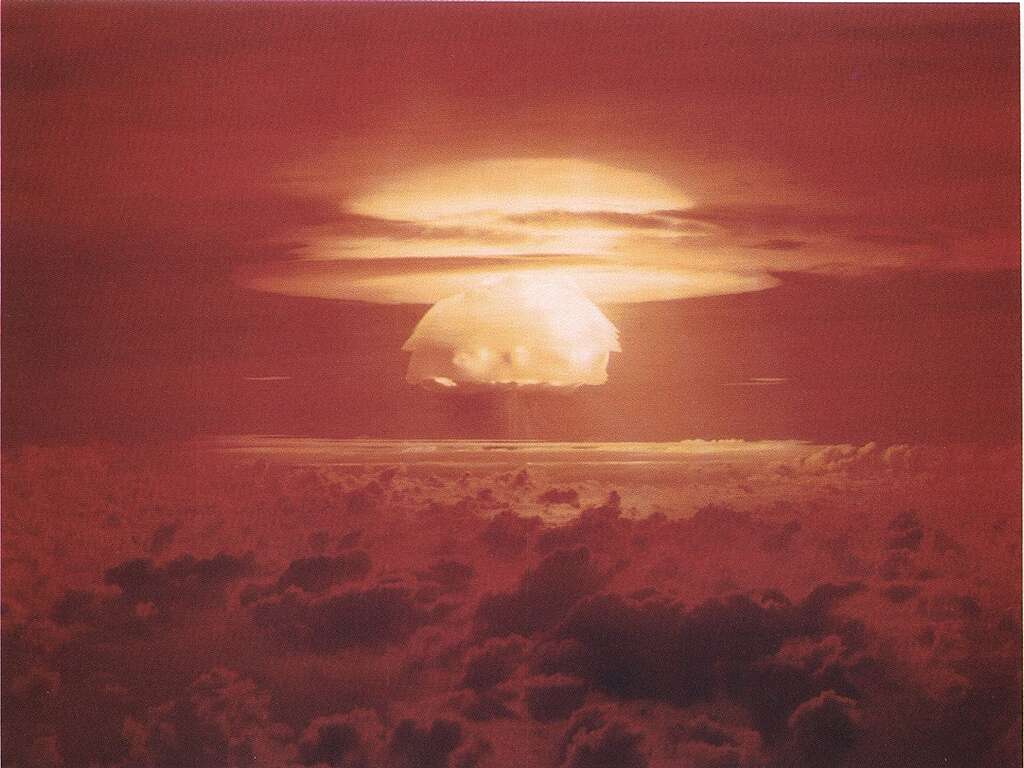
The Pacific knows the consequences of these nuclear weapons. Before Greenpeace helped evacuate the people of Rongelap, one of the U.S. Government’s nuclear bomb tests produced a mushroom cloud 40 kilometres high, contaminating thousands of square kilometres of ocean and land. Its explosive yield was 1,000 times more powerful than the Hiroshima bomb. Within hours, radioactive fallout rained down on inhabited islands, including Rongelap, 150 kilometres away.
This was just one of hundreds of nuclear bombs tested by the US and France in the Pacific. The devastation forced generations of people from their homes and left a toxic legacy that persists today.
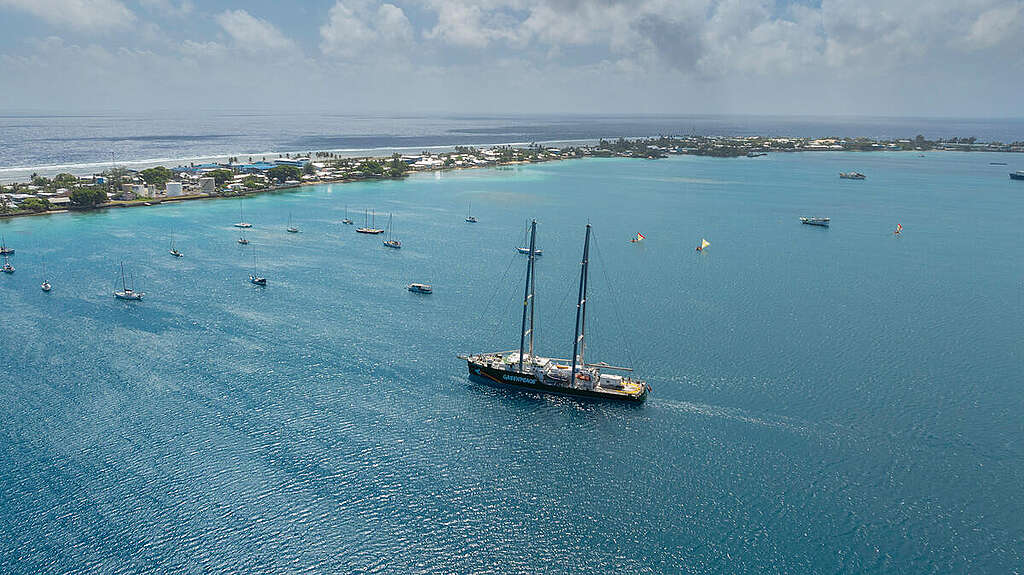
Escorted by traditional canoes, and welcomed by Marshallese singing and dancing, the arrival of the Rainbow Warrior marks a significant moment in the shared history of Greenpeace and the Marshall Islands — 40 years since Greenpeace crew evacuated over 300 people from the Rongelap atoll to Mejatto island, after toxic nuclear fallout from the Castle Bravo test rendered their ancestral lands uninhabitable.
The Rainbow Warrior was last week welcomed back to the Marshall Islands, marking the start of a six-week mission around the Pacific nation to elevate calls for nuclear and climate justice. Scientists onboard will conduct testing to help determine the levels of radioactivity still present in the islands. The impact of nuclear bombs there is still keenly felt.
Here in Aotearoa, we fought hard for our nuclear-free status. We stood against nuclear testing in the Pacific. We refused visits from nuclear-powered and nuclear-armed ships. And in doing so, we led the world.
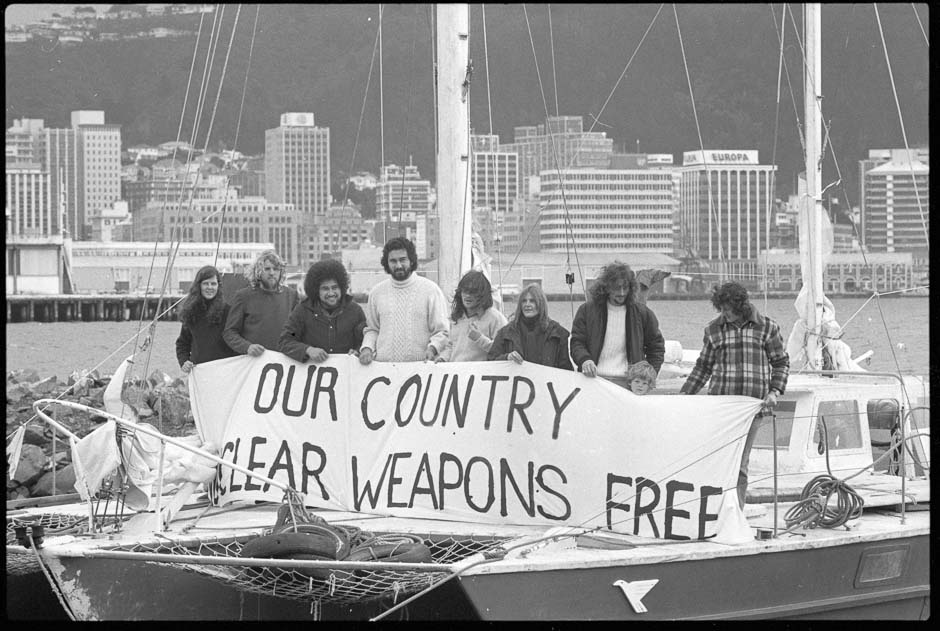
We stood together after the bombing of the Rainbow Warrior by French Secret Service agents, killing Greenpeace photographer Fernando Pereira. We helped lead the charge for nuclear disarmament on the world stage.
For Luxon to erode our proud nuclear-free legacy in exchange for a trade deal is a betrayal of our history and our values. New Zealand’s anti-nuclear stance isn’t just symbolic; it’s a commitment to global peace and security, and this is as important now as it has ever been.
We must hold the line. New Zealand’s nuclear-free reputation must not be for sale.
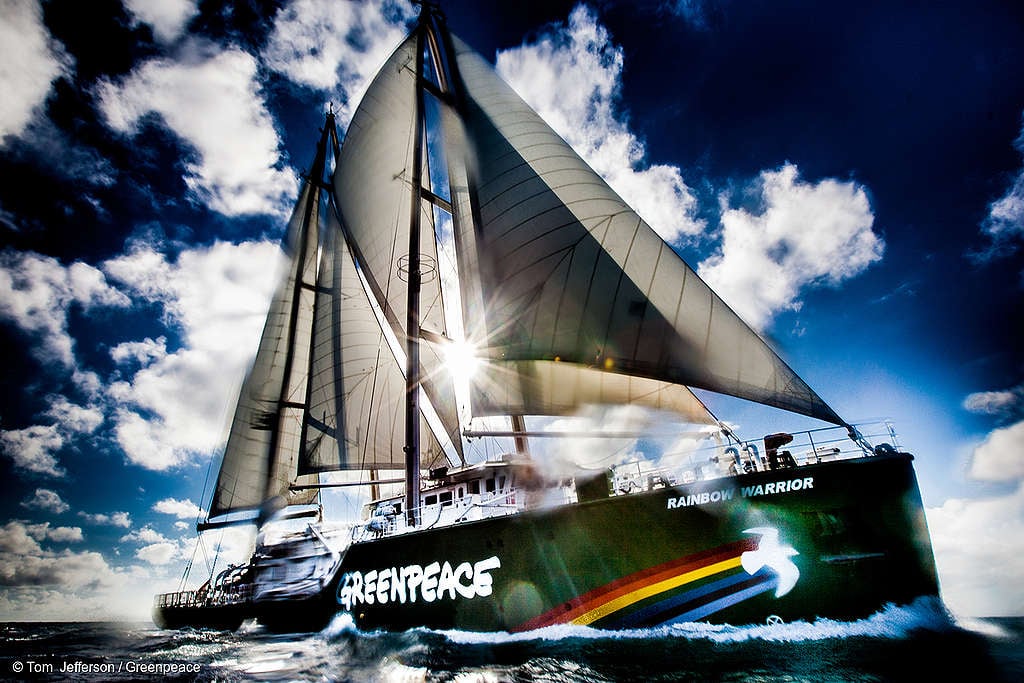
Donate to Greenpeace today. We take no money from corporations or governments. Our independence and ability to speak and act freely is our greatest strength. To maintain that freedome, we rely on the generosity of people like you to keep us in action.
Take Action
